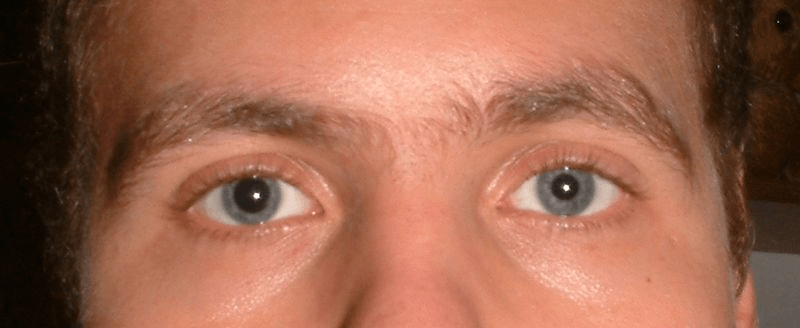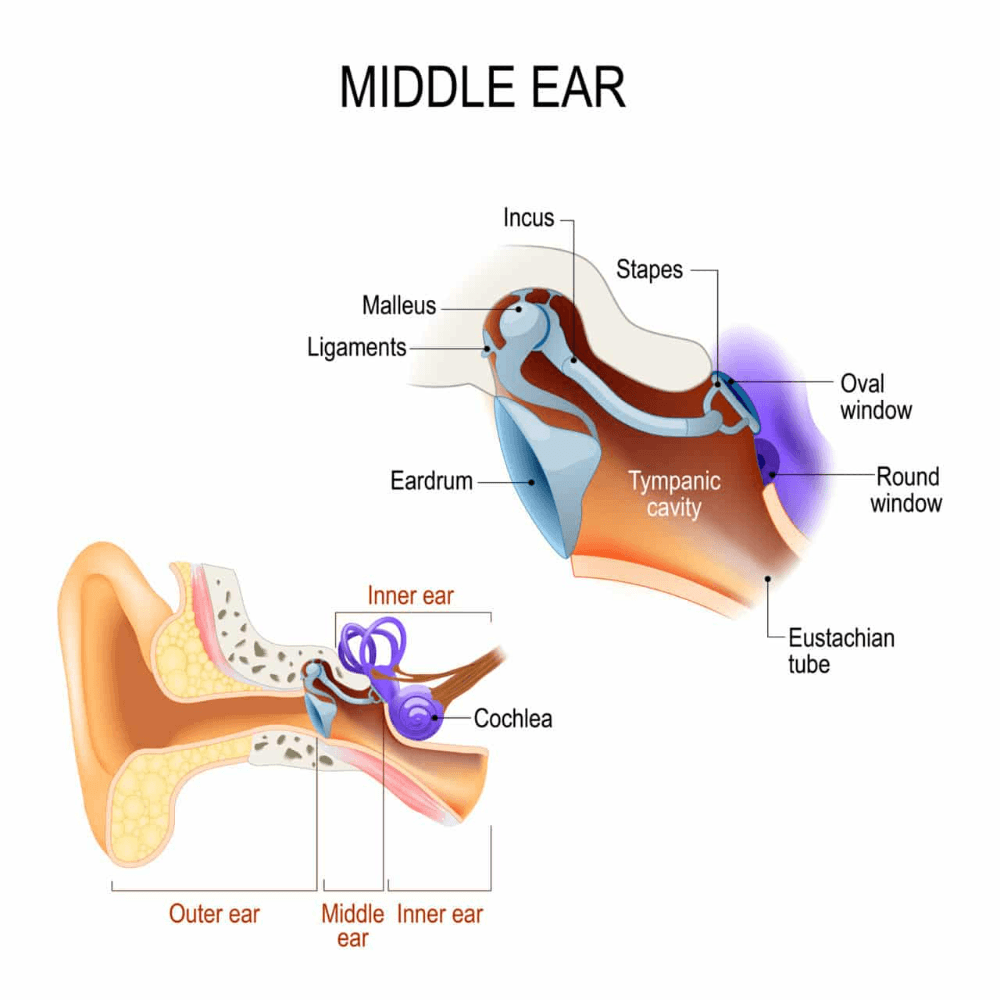Your patient presents with severe pain (9/10) to the upper left abdomen on palpation following a blunt force injury. Which organ is most likely damaged to cause this pain?
Spleen
The upper and lower bones of the jaw are called
Maxilla and Mandible
Name the largest organ in the human body.
Skin
How many vertebrae in the human spine?
33
Hypothermia occurs when the core body temperature drops below ___ °F
95
The lining of the abdominal cavity is called
peritoneum
The ____ _________ vertebrae marks the lowest portion of the neck.
7th Cervical
The _____ is approximately 1% of the total body surface area, which makes it useful for calculating burn coverage.
palm
This controls our fight or flight response.
sympathetic nervous system
Which 3 states in the US have no native venomous snakes?
Alaska, Hawaii, and Maine
Name the hollow organ which, if ruptured, can spill bile into the abdominal cavity; causing damage and/or infection.
Gallbladder
How would you treat a patient who presents with Epistaxis?
Direct pressure/pinch the nostrils together.
Lean patient slightly forward to keep blood from running down throat.
Cold pack if available.
The _________ gland, which produces sebum, and the sweat glands are located in the __________ (skin layer).
Sebaceous, Dermis
During your head to toe exam of a patient you see this. What would be a likely cause for this patients appearance?

Head trauma/concussion
Black widow venom is ________ , whereas brown recluse venom is __________ .
Neurotoxic, Cytotoxic
What is the term for black, tarry stool; and what does it signify
Melena, possible gastrointestinal bleeding
The ____________ _________ lies just in front of the ear and allows the mandible to move.
Temporomandibular joint.
With regards to radiation exposure, mild radiation sickness can occur at ___ to ___ Rad, and exposure to more than ___ may result in death in less than 2 weeks.
100-200, 1000.

This is an accumulation of blood beneath the dura mater but outside of the brain. Usually caused by falls or deceleration injuries.
Subdural hematoma
A condition in which fluid collects in the lungs, hindering o2 transfer to our cells (cells!), usually at 8000ft elevation or higher.
High altitude pulmonary edema (HAPE)

Your patient feels no pain on palpation of their abdomen, but complains of pain after you cease pressure. What is this called, and what does it signify?
Rebound tenderness, typically caused by peritonitis (blood/fluid from damaged organs leaking across the abdominal cavity, causing inflammation)
The three bones of the inner ear are:
The hammer (malleus), the anvil (incus), and the stirrup (stapes)

You are dispatched to treat a patient with barotrauma to the lungs and perforated eardums following an explosion. These are considered ________ _______ ______ . The patient is also in pain and you note deformities and abrasions in his left arm and leg which witnessess state occurred when he was thrown into the side of a tanker truck parked nearby. These injuries would be considered ______ _______ _______ .
Primary blast injuries, tertiary blast injuries.
This abnormal breathing pattern is caused by increased cranial pressure and is observable as deep, rapid breathing.
Central neurogenic hyperventilation
Approximately how many people die from unintentional drownings each day? What percentage of them are children under the age of 14?
10, 25%